Forms of Life: A Philosophical Exhibition on Centers
Next Friday, March 28th, I'm opening a pop-up art exhibition at Baukunst (433 Cortland Ave, San Francisco) on the theme of ⦿ Centers, physical community spaces with a healing focus. The show features some wonderful artists and storytelling by yours truly. I'll share a little more about how the exhibition came together below and introduce my collaborators. If you're in San Francisco, I'd love to see you at the opening. RSVP here:
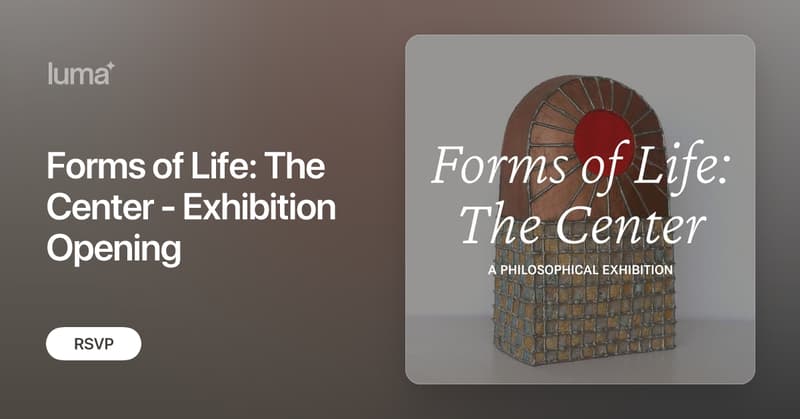
The show is the culmination of my work at Baukunst, where I have been researcher in residence for the last several months. Baukunst is a pre-seed venture firm which has funded quite a few artist-founders and design-led companies. They are generally more tapped into the forefront of culture than most venture firms, which is how they got to know my writing to begin with. It was Kate McAndrew who brought me in to Baukunst; she's very knowledgeable about the world of Western occultism and witchcraft, and shares my interest in esoteric California spiritual development movements. My other collaborator there has been Tyler Mincey, who runs Earthling, an outdoor experimental listening event.
Kate and Tyler and I agreed that the theme of the research residency would be magic, a theme that has many intersections with all of our interests. Western esotericism and technology have always been interconnected, from alchemy to Thelemic occulst and NASA JPL founder Jack Parson's experiments with rocketry. And of course, the many strains of California mystical cults and communes and the human potential movement have cultivated a deep yearning for embodied awakening in the tech community. We did a whole conversation on this topic back in November, talking about what we might explore in the residency.
But as they often do, things ended up evolving in a slightly different way. That said, magic has been woven into the work the whole way. In his book on Esalen Institute, professor Jeffrey Kripal writes that he allowed the book to be written by synchronicity. I experienced something similar when on my first day in the Baukunst office, a person nobody knew walked in on the street and asked me: are you into magic?
That person was Andrew Traylor Jones, a designer and polymath who has become a friend and collaborator in San Francisco. One of the references he shared with me that day was a book called "How to Play the Environment Game." The book explored the history of urban design and social architectures, and it accompanied an art exhibition when it first came out. That's how I got the idea for this exhibition, and for the piece I published in January, Prototyping Social Forms of Care. Thanks Andrew!

When I started thinking about the exhibition, one of the first people I wanted to collaborate with was Mati Engel. Mati is a theologian and a performance artist and a former hospital chaplain, one of these multi-hyphenate people I tend to gravitate towards. Mati and I connected earlier last year and had been looking for an excuse to try working together. She resonated a lot with the framework from the essay; she grew up in the practices and protocols of orthodox Judaism, but has spent time learning at and directing several other centers and parlors. She has been my main thought partner and co-curator for the exhibition and the essay.
I've called the show a "philosophical exhibition" because there's a lot of text. It's sort of like a visual version of one of my essays, but featuring the work of the wonderful artists we've brought in: Sharon Avraham and Ethan Goldwater (Mati's connects), and Bay Area sculptor Annie Artell (who Andrew brought in). It also features a bunch of archival material and documentation of various centers around the Bay and elsewhere. It's my first experiment in this medium. Come see if we've pulled it off!
On Form
The name of the exhibition is Forms of Life: The Center. A somewhat unwieldy title; we wanted to leave room for future versions focused on different social forms. But why this focus on form?
Form is a topic I've been thinking about more and more. It's hard to explain, but form is becoming, to me, very profound. I barely know where to begin here.
Form is connected to phenomenology and to sensation. Goethe figured this out and turned it into a scientific method. Steiner took it from Goethe and turned it into an educational method. Christopher Alexander also figured this out and turned it into a design method. I believe that form, versus theory, is the most valid starting place for designing ways of life that are comfortable, sustainable, and worth living.
Form is also related to magic. Western occult systems are basically Neoplatonic; I have been learning about modern occultism from Paprika who explained to me how the Golden Dawn synthesized and standardized the repertoire of archetypal Forms and symbols. Over the last year I've also learned more about Neoplatonic influence on Christian theology and Western psychology. To a significant extent, the 20th century's best efforts to modernize Christianity—Jung, Barfield, McLuhan, Tielhard de Chardin—returned to Neoplatonic concepts already present in Christian thought. Psychoanalysis also follows a Neoplatonic template of self-development, and contemporary psychologies, such as Ideal Parent Figure work and Internal Family Systems, are effectively Neoplatonic mystical practices presented in secular language.
After engaging with these ideas, you can't help but start doing metaphysics (just like Goethe and Christopher Alexander). Platonic doctrines are metaphysical idealisms: they state that whatever we see in the material world a mere reflection of more perfect and real Forms that exist in the mind of the transcendent One. Could that be true? People who engage with deep mystical practice in the Western occult tradition say they encounter beings and forces that feel more real than they themselves are.
Even without the mysticism, there is a fascinating chicken-egg relationship between patterns of life and representational forms. When Sam and Laura and I wrote Squad Wealth, we "thingified" a pattern that existed somewhat nascently, creating its ideal Form. I remember someone telling me how that essay created a concept in their mind that they now optimize their life around. That itself is a kind of magic. Words had a symbolic resonance with the actual material details of life, creating some kind of powerful effect that changed people's lives and their categories of thought. If that is not magic I don't know what is. Form and idea is one route to understand that everything is mystical and all language is a kind of divination.
Speaking of Squad Wealth, Baukunst itself is a kind of experimentation with form on that theme. They call themselves a collective of creative technologists; more or less, they've extended scout deals to about 150 people who all contribute to intellectual production and sourcing and conversation on a Slack channel, and there's an annual conference. If Other Internet raised a fund this might be what it would have looked like. I feel like this is an obvious improvement in form on the normal venture model, if only because it allows for collective members like me to hold weird art shows in the office. 😄
At the end of Prototyping Social Forms of Care, I said that social forms are forms of life, and that the repertoire of forms dictates the kind of life available to us. This art show is concerned with that idea. The show features different kinds of centers that are all expressions of very different forms of life: mindbody centers, pop-up healing clinics, squats in Amsterdam, community gardens and planned cities and more.
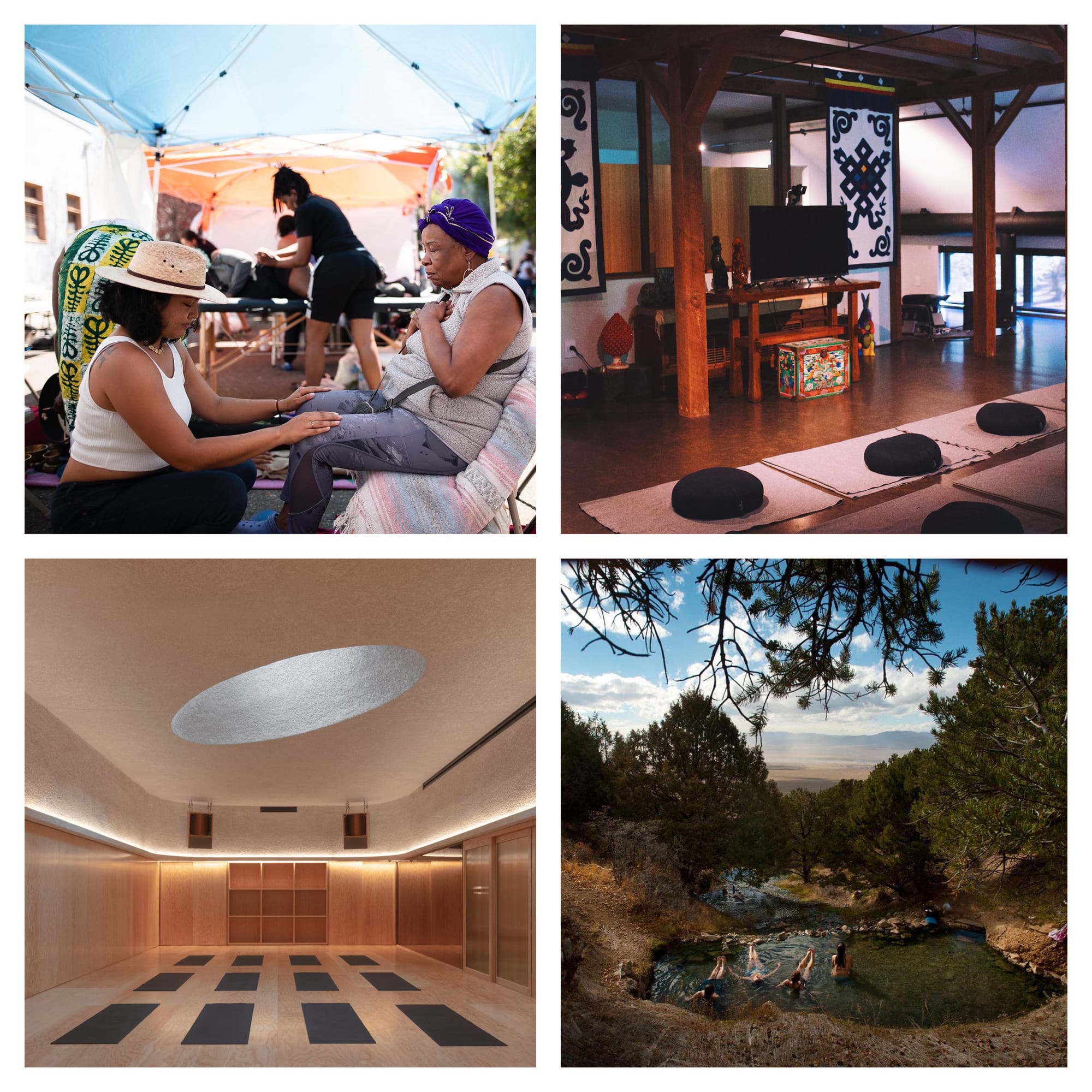
This era is about cults and culture building, as I've been saying over and over for about 5 years. Physical centers of gathering are therefore one of the most important "social media" of the time. When people in tech say "you can just do things," it doesn't mean "you can just build b2b saas." It means you can just start a center with your friends.
More on form, Goethe, and Neoplatonism in another post. Come to my art show and be inspired!
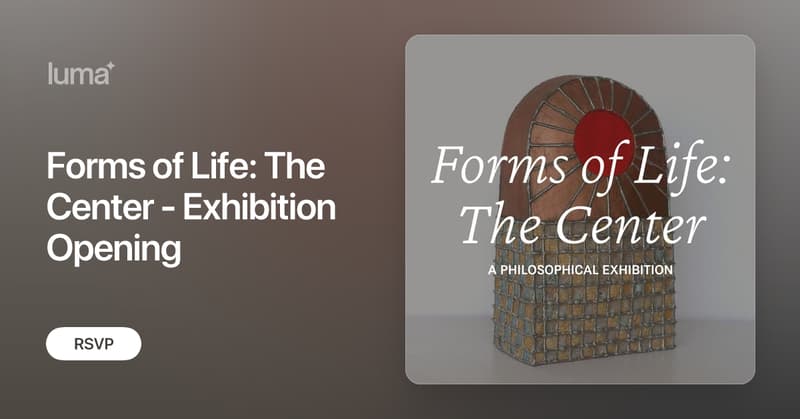
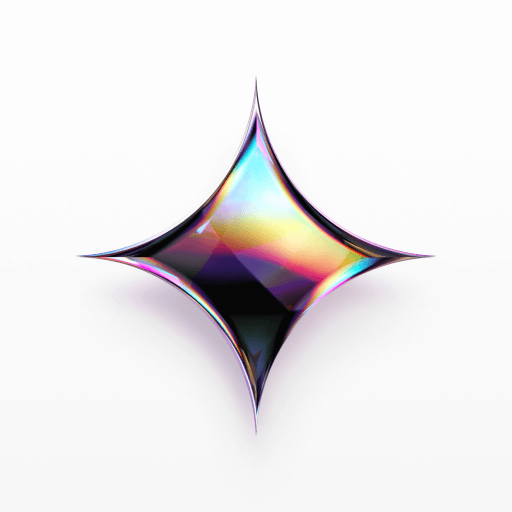
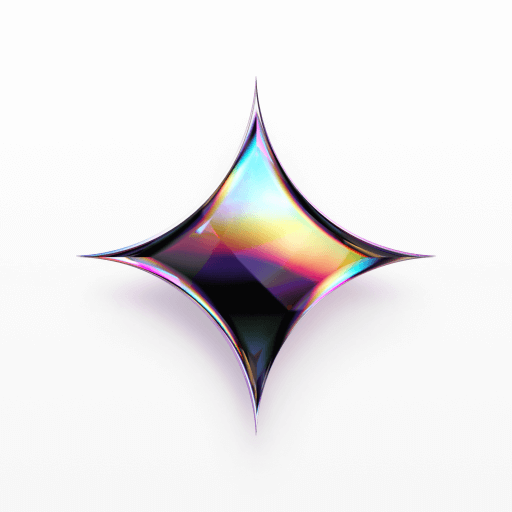
Member discussion